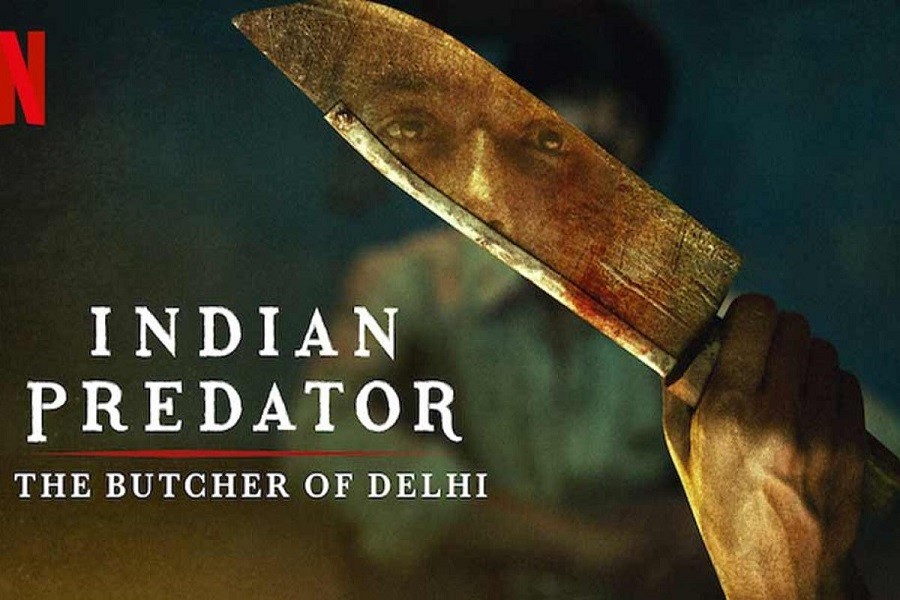The Butcher of Delhi terrorised the heart of India for nearly a decade-spanning two centuries. He'd bind his victim's legs and arms. He would then decapitate and dismember them.
The Butcher would slice them and wrap them in freshly printed newspapers. All before ditching them off in the city's western outskirts.
'The documentary Indian Predator: The Butcher of Delhi' follows a man named Chandrakant Jha as he dismembers eight victims over nine years. What exactly is the big deal? Given the prevalence of psychopath true crime docuseries over the last decade?
If that wasn't enough, what sets this case apart from the others is that he used police abuse to go on a killing spree.
The Butcher even makes fun of them by dropping them off and leaving them with notes in front of police stations.
When he was apprehended, the community where he used to live said it was north of forty. And director Ayesha Sood shines at this by speaking with everyone involved - detectives assigned to the case, Jha associates, behavioural analysts, and even victims who managed to escape and survived.
Like most serial killer stories, there was a period when the Butcher may have been able to control his actions. These people have such poor impulse control that they can't help themselves. So, in 2007, he dropped off another victim, and the cops were back on his tail.
Sood filmed the recalls of the investigation with care as Delhi's finest investigators used common sense techniques (also known as circumstantial evidence), but whittled down the field by recognising India's vast number of languages and dialects.
The horrific reenactments are where this true-crime documentary series falls short. They appear to have been created and even slowed down for shock value.
However, you cannot dispute the story's captivating nature. What makes Indian Predator compelling is that it places the viewer inside the killer's mind, as do the best true crime documentaries.
The filmmakers dissect each letter so that you can hear each cruel and immoral word. We also hear horrifying accounts of a man who survived being disembowelled. Another describes how the Butcher ridicules his victims. By playing a game with Jha that spared his life, one potential victim evaded certain death. The killer even took a Polaroid photograph of this.
Police officers and behavioural experts eventually explain the motives behind the murders. The abuse and trauma Jha endured as a child are utterly terrifying. Almost certainly, this contributed to his psychopathic behaviour.
Accounts of his dissent of authority figures emphasise this. When he was apprehended, he confessed to everything so long as the police did not beat him. This indicates a profound fear that manifested itself in criminal behaviour.
While Netflix has once again produced a docuseries that could have been condensed into a 90-minute documentary, Sood keeps the viewers interested enough to watch all three episodes in one sitting.
In consequence, Indian Predator: The Butcher of Delhi is a brutal and captivating series to watch. As a result of the brutality on display, this may only appeal to fans of true-crime documentary series.


